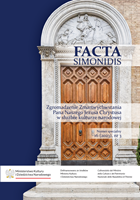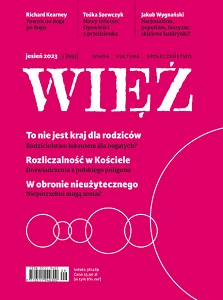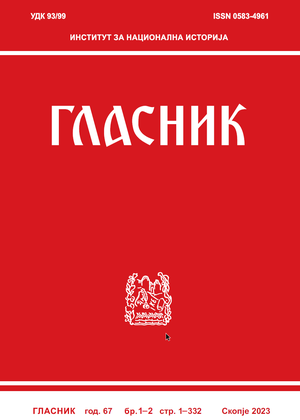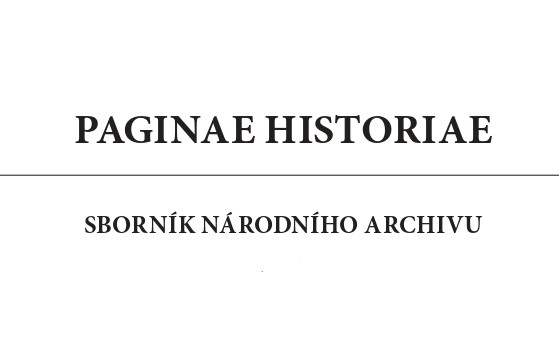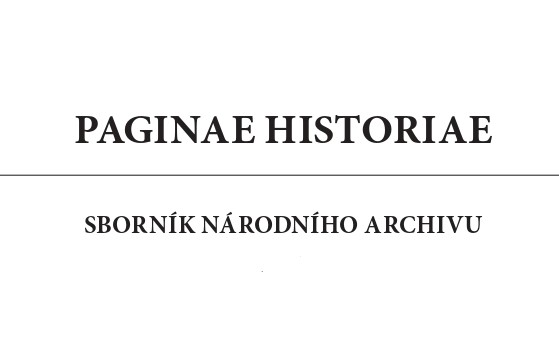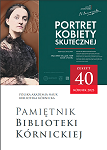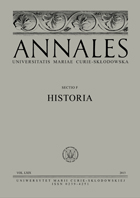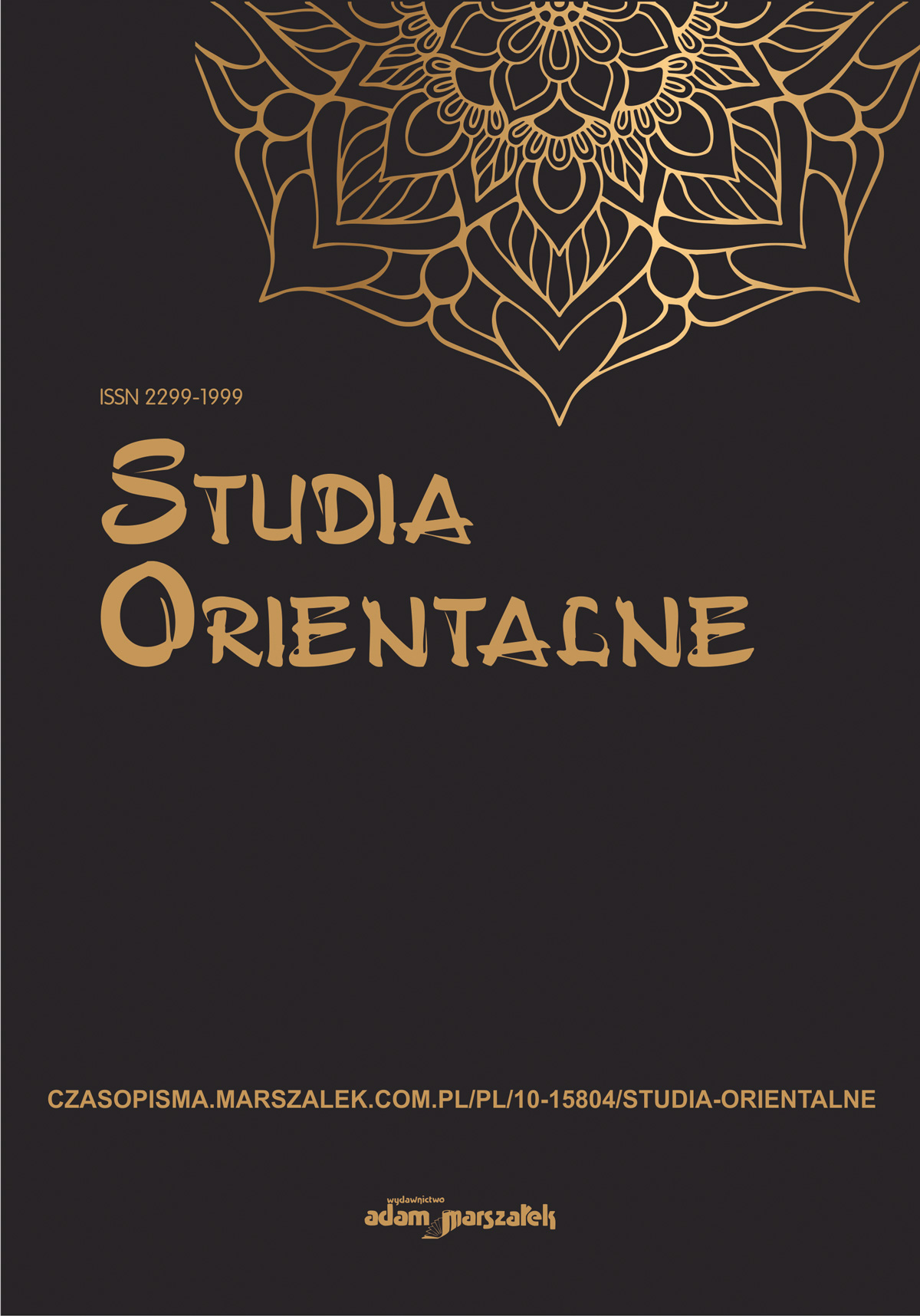
A Brief Overview of Scientific and Publicistic Writings of Major Archbishop of the Ukrainian Greek Catholic Church Josyf Slipyi
This paper presents the analysis of the writings of Archbishop Josyf Slipyi (1892–1984). All of them were collected, systematized, and published during 1968–2003 by his close collaborators – Ivan Khoma, Ivan Yatsiv, Yurii Fedoriv, and Ivan Muzycka. The title of this work is “Opera Omnia Josephi (Slipyi-Kobernyckyj-Dyčkovskyj) archiepiscopi maioris”. Today, we have eighteen volumes of scientific works, sketches, reviews, monographs, travel notes and articles. All of them were previously published in various editions. In the article, we divide them into two blocks. The first part is the writings of the first period of Josyf Slipyi’s activity. Most of them have theological content. The other part is the texts with different objectives: the philosophical and theological dimension, the history of dogmas, the history of ecclesiastical culture, and the historical essays: pedagogical, biographies and articles. The author deals with different themes in daily life. The value of Josyf Slipyi’s writings is the possibility of understanding the situation of his time. His suggestions remain current even today, not only for the ecclesial hierarchy but also for all Christians. Archbishop Josyf worked hard all his life for the Church’s and his homeland’s good. He had a broad vision and never focused on working in a specific direction, but he cared about providing a wide range of spiritual, material and cultural needs of Ukrainians and then in the Diaspora. He left a valuable legacy to his descendants, particularly in his scientific works.
More...
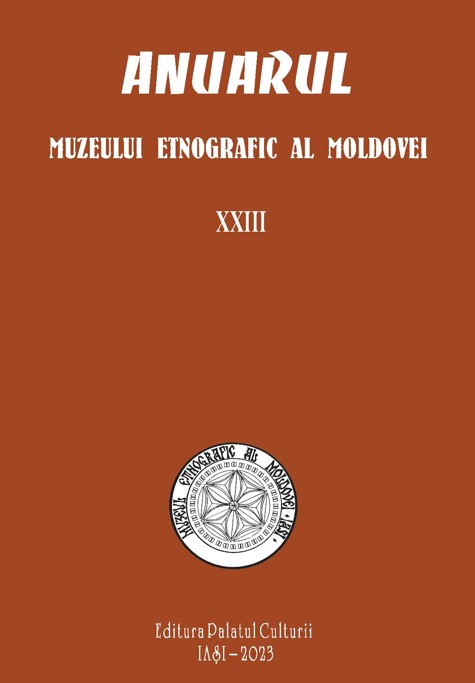
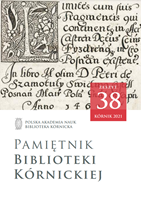
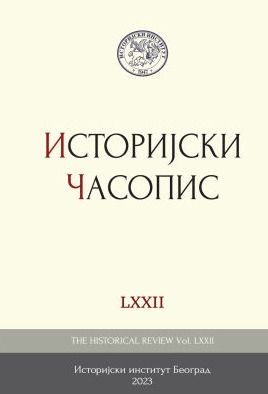
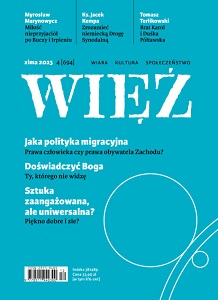
![„o to się staram, żeby [...] twoje sprawy zostały dobrze załatwione”1. Koadiutoria biskupstwa warmińskiego dla Marcina Kromera w świetle listów i zabiegów Jerzego z Tyczyna](/api/image/getissuecoverimage?id=picture_2023_80439.jpg)
